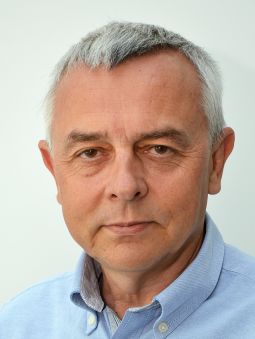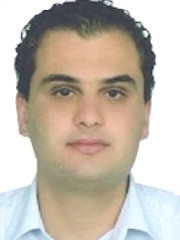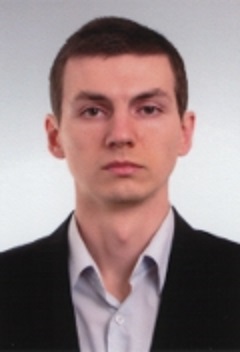Abstract. There exist several common theoretical information paradigms in the Information Sciences. May be, the most popular is the approach based on the generalization of the Shannon's Information Theory [Shannon, 1949; Lu, 1999]. Another approach is the attempt to be synthesized in a common structure the existing mathematical theories, which are applicable for explanation of the information phenomena [Cooman et al, 1995]. Besides of this, we need to point the diligence of the many researchers to give formal or not formal definitions of the concept "information". At the end, there exist some works that claim for theoretical generality and aspire to be a new approach in the Information Science, but theirs authors should clear up what they really talk about.
The theoretical base of the informatics needs philosophical support and substantiation to become wide accepted scientific paradigm. This way, the closely scientific research in the domain of informatics would be able to leap across its boundaries and to become as elements of the scientific view of life.
Discovering the common philosophical base has exceptional importance. The philosophical rationalizing and substantiating of the information phenomena become as leading goal of the scientific knowledge...
Read more






